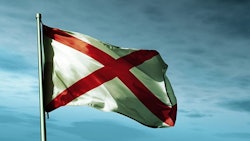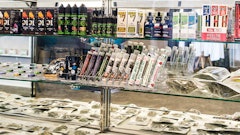
Minnesota House Majority Leader Ryan Winkler is again renewing his push to legalize adult-use cannabis in the state, announcing plans to reintroduce a legalization bill this year, according to a WCCO report.
Winkler’s legislation will not only establish a regulated cannabis marketplace in the state, but will also address criminal justice issues, the news outlet reported.
Ahead of last year’s legislative session, Minnesota lawmakers held a series of discussions across the state to gather public input on legalization, and Winkler introduced a legalization bill last spring that incorporated feedback generated from those discussions.
Winkler told WCCO that he sees “Senate leadership as being the number one obstacle,” but said that if lawmakers agreed to place an adult-use legalization initiative on Minnesota’s 2022 ballot, “it would pass overwhelmingly.”
Minnesota’s legislative session kicked off Jan. 5.
























